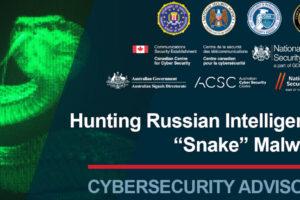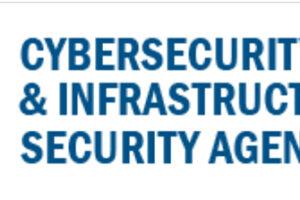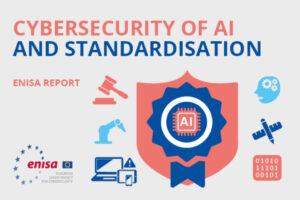IACIPP Speak at CyberCon Conference in Bucharest

John Donlon QPM FSyI, Chairman of the International Association of Critical Infrastructure Protection Professionals (IACIPP), was a guest speaker on behalf of the National Institute for Research & Development in Informatics (ICI Bucharest) at the CyberCon Conference which took place in Romania between the 22nd and 27th May.
John was on a panel session addressing the subject of Cyber Diplomacy. The session was moderated by Carmen-Elena CÎRNU, the Scientific Director of ICI Bucharest and opened by the Director General of ICI Bucharest, Victor Vevera. In his opening address Victor referenced the Romanian position on Cyber Diplomacy from his organisations perspective and also highlighted the continuing partnership with IACIPP and the successful joint conference held in the Romanian Royal Place in 2022.
John delivered a presentation where he outlined his views on how the type and nature of the crisis being faced within our increasingly interconnected, globalised and rapidly changing world were ever evolving referencing the pandemic, the war in Ukraine and the devastating earthquakes that hit Turkey and Syria at the start of this year.
He summarised the development of IACIPP and what it seeks to achieve as a platform for likeminded individuals. The aim being to create a space to share information, connect and communicate on all matters relating to the protection and resilience of national infrastructure and information. The focus being on the part that such an association can play in facilitating communication across both the public and private sectors.
That need for connectivity was a common thread throughout the session. It was acknowledged that the worlds infrastructure and cyber position is a greater target and more vulnerable than ever and in order to address issues of concern there is a requirement to continue to develop a comprehensive approach that aligns both physical and cyber security, protection and resilience through enhanced levels of cooperation and coordination.
There was consensus across the panel and from the audience, of the continued need for greater levels of coordination, cooperation and communication across both nation states and between public and private sector entities.
It was recognised that the development of Cyber Diplomacy along with the growth in Cyber Ambassadors across the globe could go some significant way to addressing cyber problems internationally and improving the connectivity that has to be in place.






